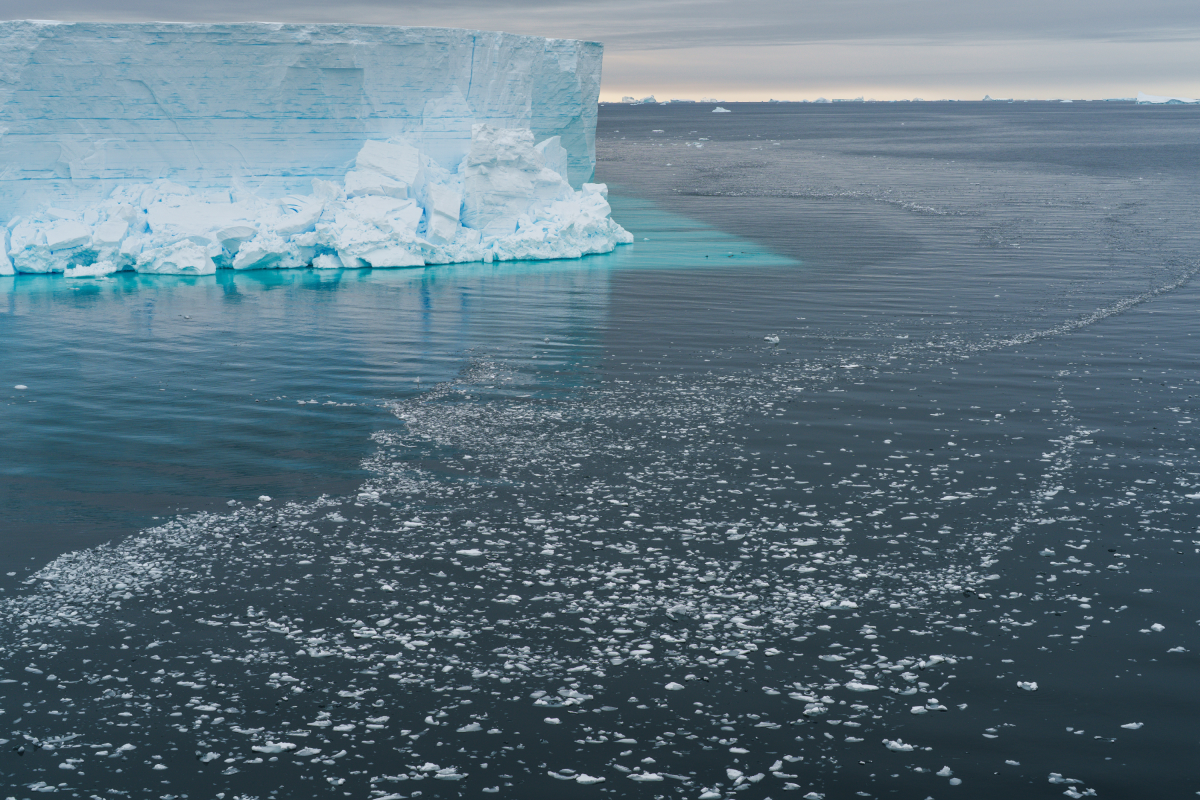In January 2025, A-84 an iceberg the size of Chicago broke away from a massive floating glacier attached to the Antarctic Peninsula ice sheet. Now, scientists have discovered a thriving ecosystem beneath where the iceberg used to reside. A team of researchers on board Schmidt Ocean Institute's R/V Falkor (too) took the opportunity to research the 209 miles of newly-exposed seafloor in the wake of the iceberg's departure—the first time it had ever been accessible to humans. They were surprised to find such a "beautiful, thriving ecosystem"—as life in the deep-sea usually rely on nutrients from the surface floating down to the seafloor—but this new area would have been covered by 500-foot-thick ice for centuries. It means the mechanism fueling the vast ecosystem is not yet understood—however the international team, including scientists from Europe, the UK, Chile, New Zealand and the United States hypothesize that sea currents could play a part. Dr Patricia Esquete, expedition co-chief scientist, explained in a statement that the team changed their initial expedition plan to take advantage of the unique opportunity and explore the ecosystem left behind.

"Based on the size of the animals, the communities we observed have been there for decades, maybe even hundreds of years," she said. The deep seafloor showed a flourishing ecosystem as deep as 4,265 feet down—and the team believes they may have discovered several new species during their research. Icefish, giant sea spiders, octopuses and large corals were just some of the life uncovered, and the discovery offers insight into how ecosystems continue to thrive beneath floating sections of the Antarctic ice sheet, according to a release from the Schmidt Ocean Institute. Data from the research expedition also suggests high biological productivity, and a strong meltwater flow from the ice shelf, known as the George VI.

The George VI ice shelf is the second-largest ice shelf on the Antarctic Peninsula. In the 2019–2020 summer season it experienced a dramatically higher melt than in the 31 previous seasons, according to NASA.This ice sheet, from which the Chicago-sized iceberg broke free, has been shrinking for decades due to climate change, and is contributing to sea level rise worldwide. "Our work is critical for providing longer-term context of these recent changes, improving our ability to make projections of future change—projections that can inform actionable policies," expedition co-chief scientist Sasha Montelli said in a statement. "We will undoubtedly make new discoveries as we continue to analyze this vital data." The expedition was part of global cooperative Challenge 150, endorsed by the Intergovernmental Oceanographic Commission of UNESCO as an Ocean Decade Action.Do you have a tip on a science story that Newsweek should be covering? Do you have a question about marine biology? Let us know via science@newsweek.com.


